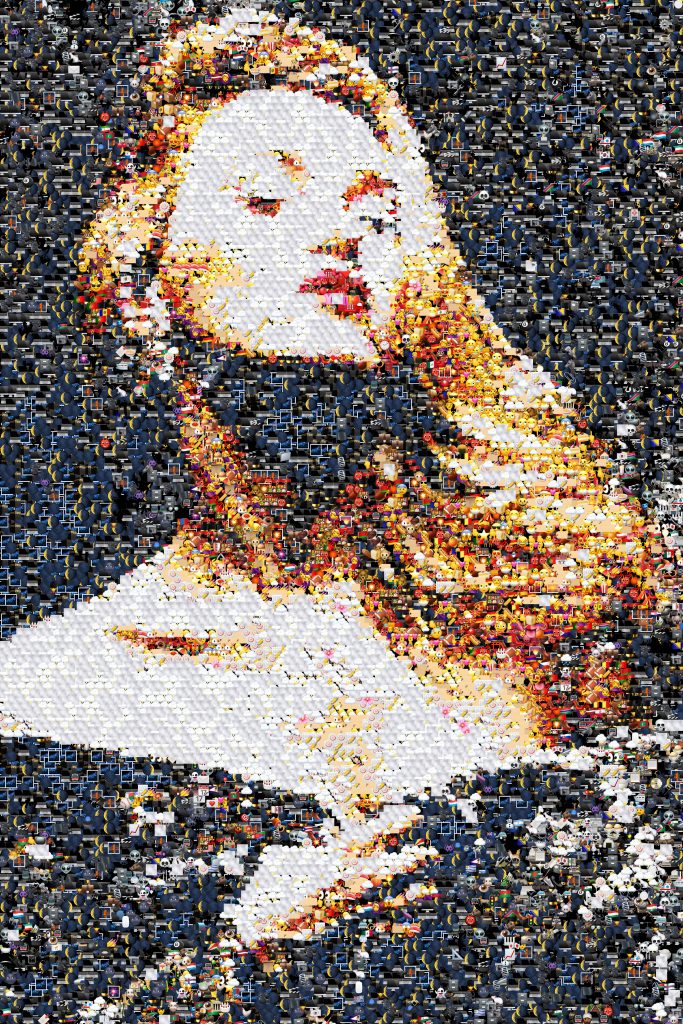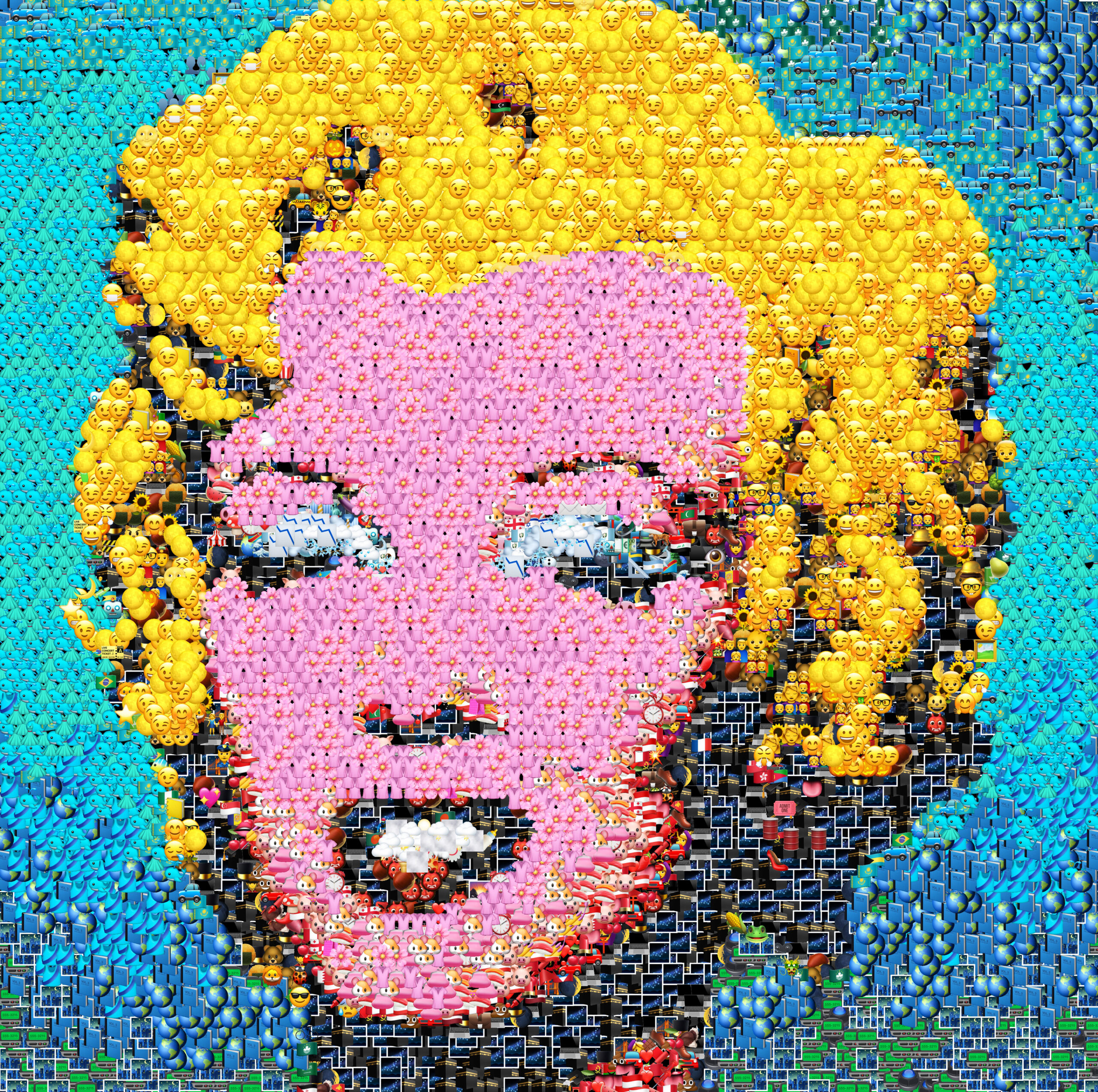An Interview with Artist Natalya Nova
Words by Ilia Sdralli
Natalya Nova is a woman of sheer beauty and boundless curiosity that shines throughout everything she creates. Award-winning photography, filmmaker and artist, her craft is infused with strong personal aesthetics and a magical voice that sets her work apart from the rest of the noise. Interweaving Russian sensitivity with her grounded New York roots, Nova has honed a fearless approach to experimentation that provides an amalgam that is both provocative and new. Her art explores limits of identity, sexuality and self-definition, using her inner voice as inspiration and her nude body as a canvas.

From electrifying self-portraits to her chaotic use of light and distortion, Nova has garnered many awards and collaborated with notable artists including Grammy-award winner and art director, Ian Cuttler. Her work has been exhibited at Miami Art Basel, film festivals and various galleries throughout New York City. We spoke with Nova about her latest emoji portrait series and her inspiration to create.
Where did your interest in photography develop?
I was born in Orenburg, Russia in the 90s where technology was way behind and generated tremendous excitement. I remember holding my first camera at 12 years old and how magical it felt. I documented everything I saw and looking back at those videos, it seems like time stood still. I moved to New York at the age of 19, no parents, just me and my adventurous mind. I didn’t know who I wanted to be, but was eager in my search. At 23 I graduated ICP (International Center of Photography in New York) when I came to my favorite teacher with tears in my eyes saying, “I can’t believe it’s over.” He replied, “Darling, it’s only the beginning.” Today I am certain about what I want, to be an artist who is true to herself. I am a hard worker and I follow my biggest passion: to create.
You have been using emojis as a modern-age pointillism technique. Why did you choose to work with emojis as your focus?
My inspiration came from the book cover The Hero With a Thousand Faces, by Joseph Campbell. It depicts the face of Jesus made with tiny portraits of people of different races and religions. The concept of images within an image fascinated me. It showed me the subtle yet deep underlying content of the book. I like the playfulness of the “Emoji” series, and I hope you will too.
You are working in a variety of styles and sometimes formats. How do you decide on a style format for a new series of work?
Every idea demands a certain execution. Depending on the idea I choose the format of the project. When I see it clearly in my mind, I usually have no question about the format. If I don’t see it clearly, some trial and error usually helps.

Do you believe that great art can also be commercially successful?
I believe, yes. There are a lot of great artists that are commercially successful. Unfortunately, it’s not always so. One of my most favorite artists Pierre Molinier is not very expensive. I find that strange considering the giant talent that he was.
In the realm of the #metoo movement, would you define your work as feministic?
Every woman I know has her own #metoo story. I don’t want to minimize anyone’s story or make any political statements with my work. I want to create art that I find beautiful and resonates with people. I’m searching for my own mythology.
Do you follow fashion trends or have any favorite designers?
I’m blown away by the vintage Alexander McQueen collection. Recently I’ve been following Laquan Smith, really cool designs!
Which emoji do you use most often and why?
I usually use a smiley face with the tongue out because it’s fun and mischievous. ?
Order a Print Copy of Issue 9 Here.
